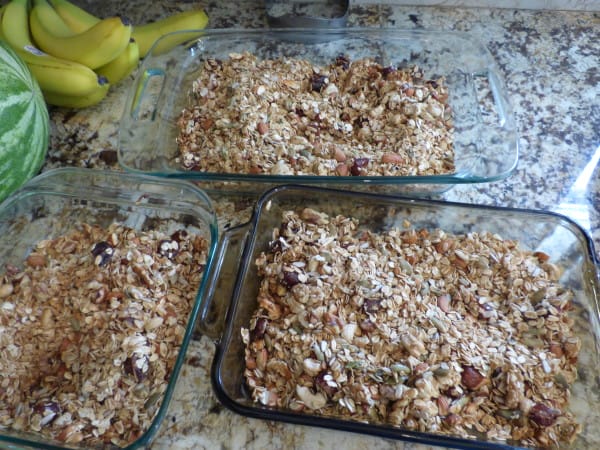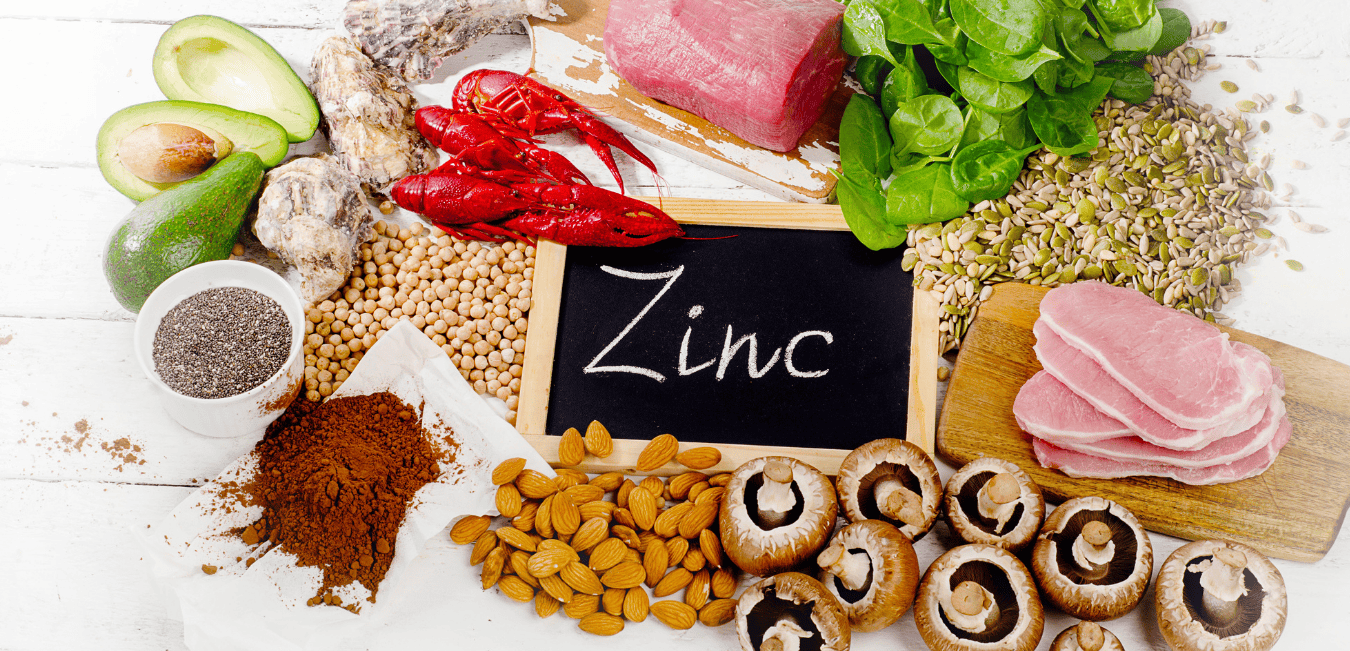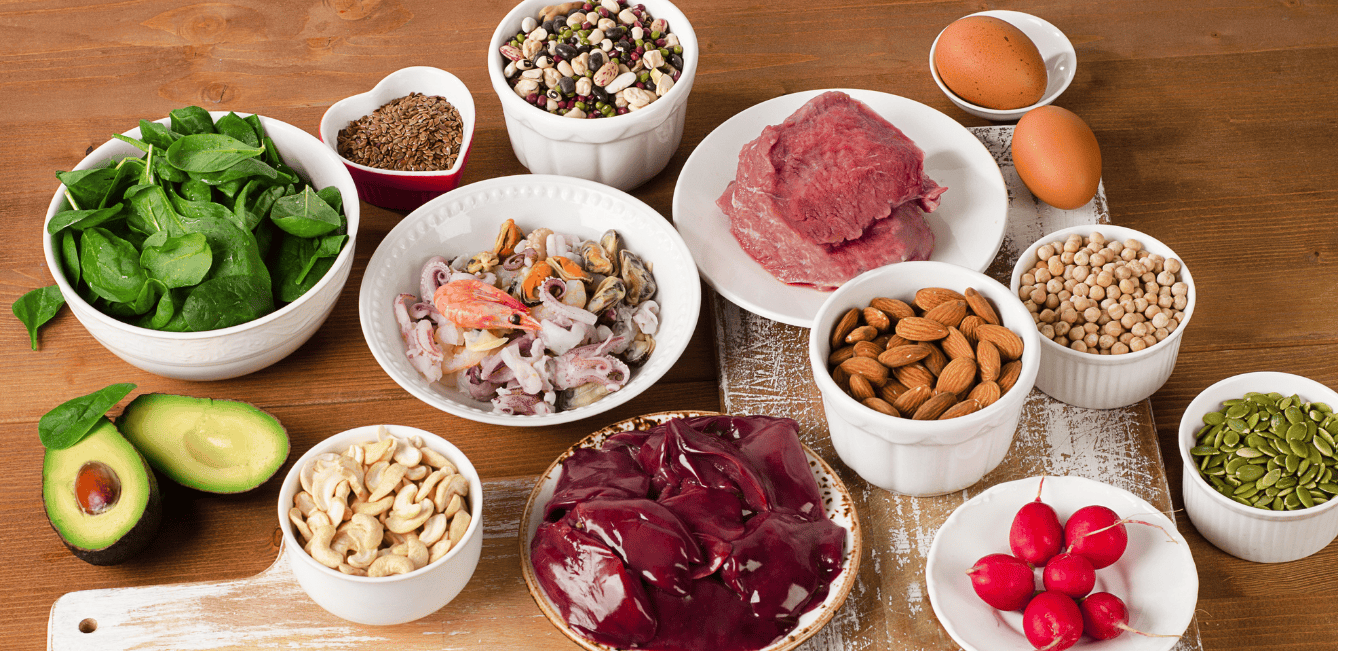- What’s so Bad About Food Dyes Anyway?
- Food Dye Resources
- FDA Approved Food Dyes and Toxicity Findings
- Safe Food Dye Alternatives
- Studies on Food Dyes:
- Red
- Yellow
- Blue
- Mixed Colors
What’s So Bad About Food Dyes Anyway?
Two very detailed papers regarding the use of and risks associated with food dyes:
Food Dye Resources
- Overview of Food Ingredients, Additives & Colors (FDA)
- FDA Food Ingredients and Colors (pdf of the above- FDA)
- Food Dye Exposure and Behavioral Problems
FDA Approved Food Dyes And Toxicity Findings
Since the 1985 effort to ban food dyes in the US, their use has increased 300%.
Red Dye 3
- Main Uses: Candy, Desserts, Baked Goods
- Toxicity Findings: Thyroid Tumors, Chromosomal Damage
- Comments: FDA tried and failed to ban it
Red Dye 40
- Main Uses: Candy, Desserts, Beverages, Pet Food
- Toxicity Findings: Lymphomas, Lymph Tumors
- Comments: Banned in Europe (EEC)
Blue Dye 1
- Main Uses: Candy, Baked Goods, Beverages
- Toxicity Findings: Chromosomal Damage
- Comments: Banned in France, Finland
Blue Dye 2
- Main Uses: Candy, Beverages, Pet Food
- Toxicity Findings: Brain Tumors
- Comments: Banned in Norway (pending FDA hearing)
Green Dye 3
- Main Uses: Beverages, Candy
- Toxicity Findings: Bladder Tumors
- Comments: Banned in EEC
Yellow Dye 5
- Main Uses: Pet Foods, Beverages, Baked Goods
- Toxicity Findings: Allergies, Thyroid Tumors, Lymophocytic Lymphomas, Chromosomal Damage
- Comments: Banned in Norway
Yellow Dye 6
- Main Uses: Beverages, Candy, Desserts, Sausage
- Toxicity Findings: Allergies, Kidney Tumors, Chromosomal Damage
- Comments: Banned in Norway, Sweden
Safe Food Dye Alternatives
Natural Red Food Coloring
- red beets, chilli powder, strawberries and pomegranate
Natural Blue Food Coloring
- blueberries and blackberries
Natural Green Food Coloring
- spinach juice, wheatgrass, kale, swiss chard leaves, lime zest
Natural Yellow Food Coloring
- turmeric powder, yellow carrots, lemon zest, saffron flowers, bee pollen
Natural Orange Food Coloring
- orange carrots, orange zest, carrot juice, pumpkin, papaya, cumin powder
Natural Pink Food Coloring
- beetroot, pomegranate powder and raspberries
Natural Purple Food Coloring
- red grapes, organic red wine, red cabbage, purple carrots, purple potatoes, acai berry powder
More Resources for Natural Food Dyes:
- For a natural way to dye your Easter Eggs, click here!
- Purchase natural dyes: India Tree Natural Dyes (I used them to make my daughter’s 1st birthday cake – see below!)
 Studies On Food Dyes
Studies On Food Dyes
(www.feingold.org) Last update: 9/06/2011
FD&C Red No. 40 – Allura Red
FD&C Red No. 3 – Erythrosine
- Short-term erythrosine B-induced inhibition of the brain regional serotonergic activity suppresses motor activity (exploratory behavior) of young adult mammals. Dalal A, Poddar MK. Pharmacology, Biochemistry, and Behavior,2009 Jun;92(4):574-82. Epub 2009 Mar 3. MedLine
- DNA damage induced by red food dyes orally administered to pregnant and male mice. Tsuda S, et al, Toxicol Sci2001, May;61(1):92-9 MedLine
- Reproductive and neurobehavioral toxicity study of erythrosine (Red 3) administered to mice in the diet. Tanaka T,Food Chem Toxicol 2001 May;39(5):447-54 MedLine
- Estrogenic and DNA-damaging activity of Red No. 3 in human breast cancer cells. Dees C, et al, Environ Health Perspect 1997 Apr;105 Suppl 3:625-32 MedLine
- A study on the reproductive toxicity of erythrosine (Red No. 3) in male mice. Abdel Aziz AH, et al, Pharmacol Res1997 May:35(5):457-62 MedLine
- Developmental toxicity and psychotoxicity of FD and C red dye No 40 (allura red AC) in rats. Vorhees, CV, et al,Toxicology 1983;28(3):207-17 MedLine
- Neurotransmitter Release from a Vertebrate Neuromuscular Synapse Affected by a Food Dye. Augustine G, Levitan H, Science Magazine, March 28, 1980, Vol. 207, pp. 1489-90 MedLine
- Erythrosine B inhibits dopamine transport in rat caudate synaptosomes. Lafferman JA, Silbergeld EK, Science 1979 205:410-412 MedLine
FD&C Yellow No. 5 – Tartrazine
FD&C Yellow No. 6 – Sunset Yellow
- Reproductive and neurobehavioural toxicity study of tartrazine administered to mice in the diet. Tanaka T., Food Chem Toxicol. 2005 Aug 5 (epub ahead of print) MedLine
- Immumological aspects of the common food colorants, amaranth and tartrazine. Koutsogeorgopoulou L, et al, Vet Hum Toxicol 1998 Feb;40(1):1-4 MedLine
- Reproductive and neurobehavioral effects of Sunset Yellow FCF administered to mice in their diet. Tanaka T,Toxicol Ind Health 1996 Jan-Feb;12(1):69-79 MedLine
- Synthetic Food Coloring and Behavior: A Dose Response Effect in a Double-Blind, Placebo-Controlled, Repeated-Measures Study, Rowe KS, Rowe KJ, Journal of Pediatrics November 1994 Vol. 135, pp.691-8 MedLine
- Controlled Trial of Oligoantigenic Treatment in the Hyperkinetic Syndrome, Egger J, et al, The Lancet March 9, 1985 MedLine
- The influence of the chemical additive tartrazine on the zinc status of hyperactive children: A double-blind placebo-controlled study. Ward NI, et al. J Nutr Med;1(1). 1990 51-58 MedLine
- Assessment of chemical factors in relation to child hyperactivity. Ward NI, Journal of Nutritional & Environmental Medicine (Abingdon); 7 (4). 1997. 333-342. MedLine
FD&C Blue No. 1 – Brilliant Blue
FD&C Blue No 2 – Indigo Carmine
- Systemic administration of an antagonist of the ATP-sensitive receptor P2X7 improves recovery after spinal cord injury. Peng et al, Proceedings of the National Academy of Sciences of the United States of America, July 28, 2009, Vol 106 (30) 12489-12493. MedLine
- Toxicity of Food Drug and Cosmetic Blue No. 1 dye in critically ill patients. Lucarelli MR, Shirk MB, Julian MW, Crouser ED., Chest. 2004 Feb;125(2):793-5. MedLine
- 2003: FDA Public Health Advisory: Reports of Blue Discoloration and Death in Patients Receiving Enteral Feedings Tinted With The Dye, FD&C Blue No. 1 FDA paper
- Blue colon at autopsy. Granville LA, Finch C., Arch Pathol Lab Med. 2001 May;125(5):599. MedLine
- Green colon: an unusual appearance at autopsy. Boutilier RG, Murray SK, Walley VM. Arch Pathol Lab Med. 2000 Sep;124(9):1397-8. MedLine
- Systemic Absorption of Food Dye in Patients with Sepsis, Maloney JP, Halbower AC, Fouty BF, Fagan KA, Balasubramaniam V, Pike AW, Fennessey PV, Moss M, N Engl J Med 2000 Oct 5;343(14):1047-8 MedLine
Mixed Food Dyes
- Differential colon DNA damage induced by azo food additives between rats and mice. Shimada C, Kano K, Sasaki YF, Sato I, Tsudua S, Journal of Toxicological Sciences 2010;35(4):547-54. MedLine
- Food additives and hyperactive behaviour in 3-year-old and 8/9-year-old children in the community: a randomised, double-blinded, placebo-controlled trial. McCann D, et al. Lancet, September 6, 2007 on line. MedLine
- Synergistic Interactions Between Commonly Used Food Additives in a Developmental Neurotoxicity Test. Lau K, et al. Toxicol Sci. 2006 Mar;90(1):178-87. MedLine
- The effects of a double blind, placebo controlled, artificial food colourings and benzoate preservative challenge on hyperactivity in a general population sample of preschool children., Bateman B et al, Archives of Disease in Childhood. 2004 Jun;89(6):506-11 MedLine
- Synergistic effects of food colors on the toxicity of 3-amino-1,4-dimethyl-5H-pyrido[4,3-b]indole (Trp-P-1) in primary cultured rat hepatocytes. Asida H, et al. J. Nutru Sci V8itaminol. 2000. 46 130-136. MedLine
- Physiological effects of some synthetic food colouring additives on rats. Aboel-Zahab H, et al., Boll Chim Farm1997 Nov;136(10):615-27 MedLine
- Effect of organic synthetic food colours on mitochondrial respiration. Reyes FG, Valim MF, Vercesi AE. Food Additives and Contaminants. 1996 Jan;13(1):5-11 MedLine
- Food Additives are Common Causes of the Attention Deficit Hyperactive Disorder in Children. Boris M, Mandel F,Annals of Allergy, May 1994. MedLine
- Behavioral responses to artificial food colors, Weiss B, et al., Science, March 28, 1980 207:1487-1488 MedLine
- Food Dyes Impair Performance of Hyperactive Children on a Laboratory Learning Test, Swanson J, Kinsbourne M,Science, March 238, 1980, Vol. 207. pp. 1485-7. MedLine


